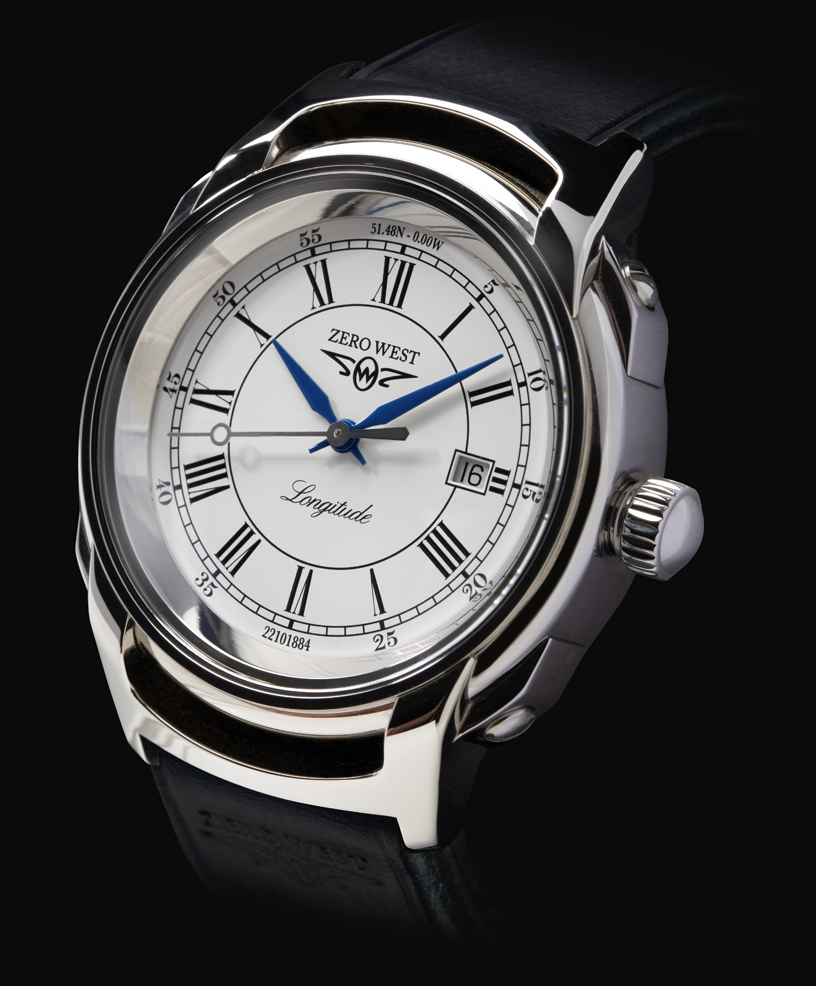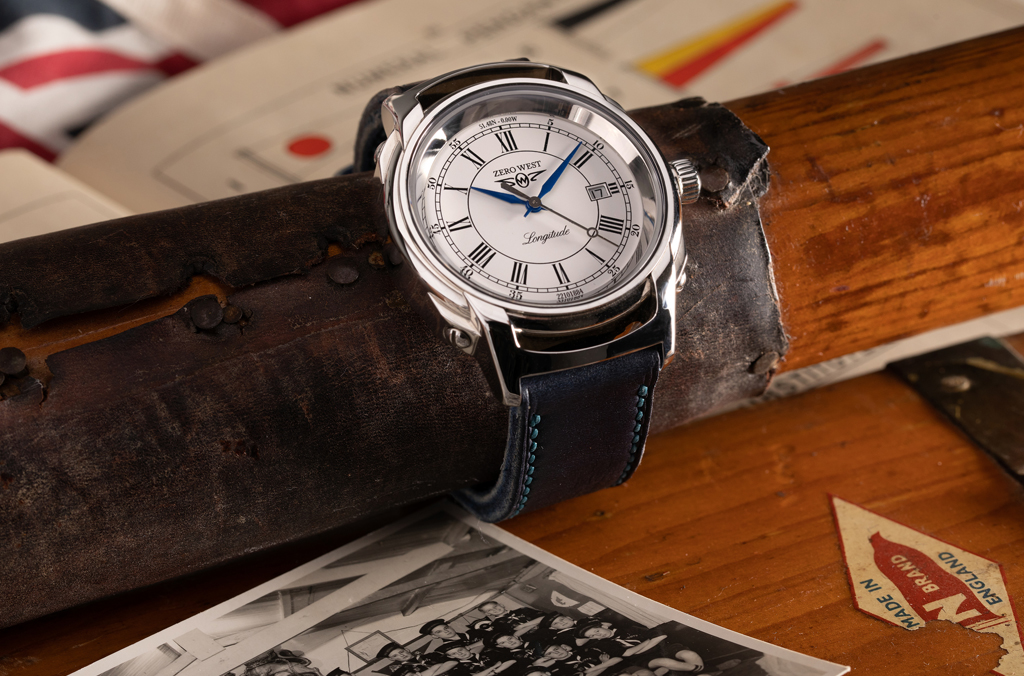“At the core of our brand is a defining line. the main line of longitude;
The prime meridian. It’s the line where east meets west; where time starts; it’s called Zero West”
Design Attributes
- Latitude and Longitude reference Greenwich
- Date code references the Longitude Conference when the Prime Meridian was officially awarded to Greenwich
-
Dial design pays homage to the H4 Sea Clock with Roman numerals and blue hands
- Time ball diamond cut sweep hand
-
Laser engraved watch back with detailed acanthus leaves, reminiscent of the H4 Sea Clock
Case
- 44mm diameter 316L stainless steel billet machined & polished case
- Match machined & polished 316L stainless steel DSL lugs
- Polished and engraved 316L stainless steel back with complex engraving
Main Crown
- Screw lock & sprung deep straight knurled & polished 316L stainless steel with triple seal technology
Crystals
- Custom double curved domed sapphire glass with blue AR coating on the internal surface
Movement
- ETA 2824
- 28,800vph
- 25 jewels
- Self-winding ball bearing rotor
- Date function
- Power reserve ~38 hours
- Water resistance: 10ATM (100m) 100% tested
Dial
- White enamel over brass substrate with over printed numerals
Hands
- Blue enamel
- Polished steel diamond cut sweep hand
Dimensions
- 44mm diameter
- 14.1mm thick
- 22mm lug width
- 49.6mm lug to lug pin spacing
Strap
- 22/22mm Custom handmade leather strap
- Single wide sliding keeper loop
- Polished 316L stainless steel buckle with engraved ZW logo
- 180mm – 220mm wrist circumference
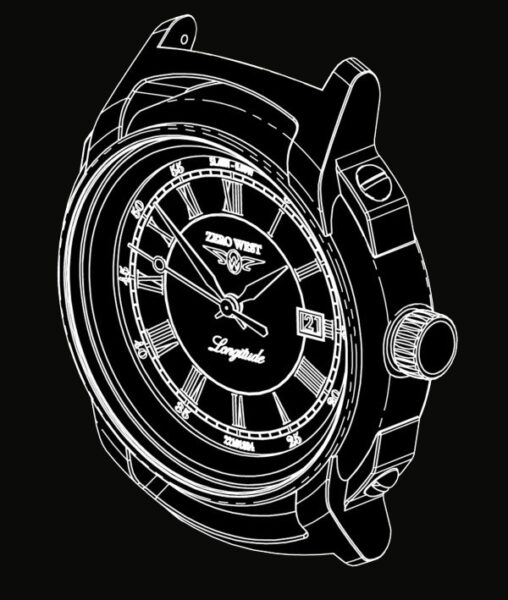
To celebrate this great British designer, his legacy, and the birth of our own brand Zero West,
we have designed a very limited edition Longitude watch the L1 (limited to 20 pieces)
FINDING LONGITUDE
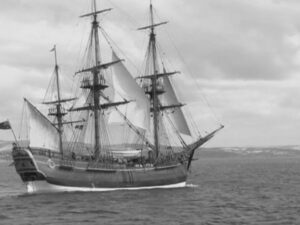
Before the 18th century, navigation at sea was a hazardous business and countless ships and their crew perished because they became lost. In essence, to pinpoint your position on Earth you need two coordinates: latitude & longitude. Latitude, or the north/south coordinate, at that time could be precisely fixed by observing the stars. To position yourself east/west on the globe you need to know your longitude but this coordinate cannot be calculated from the stars. It can however be established by measuring the accurate period of time from a known fixed reference point, but before the 18th century no timepiece existed that was accurate enough to navigate by.
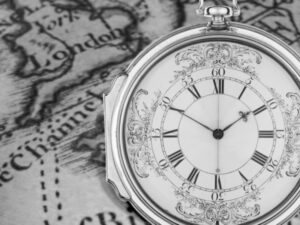
In 1714 the British government set up the Longitude Act to reward anyone who could practically solve the accurate positioning of longitude, and a pioneering British horologist called John Harrison developed designs throughout the 1700’s to refine and innovate accurate clock and watch mechanisms. This culminated in his H4 marine chronometer design that had a highly complex movement, at the heart of which was a vertical escapement. This British designed marine chronometer set the benchmark which finally enabled the accurate positioning of longitude.
By the 19th century, marine chronometers were the most accurate way of calculating longitude and in 1884, 22 countries decided by committee to standardise and fix the location of the prime meridian. This line of zero longitude was designated to pass through the Royal Observatory at Greenwich in London and so the navigational reference of time was born, but it was the tenacity and pioneering designs of the great John Harrison that enabled this momentous feat
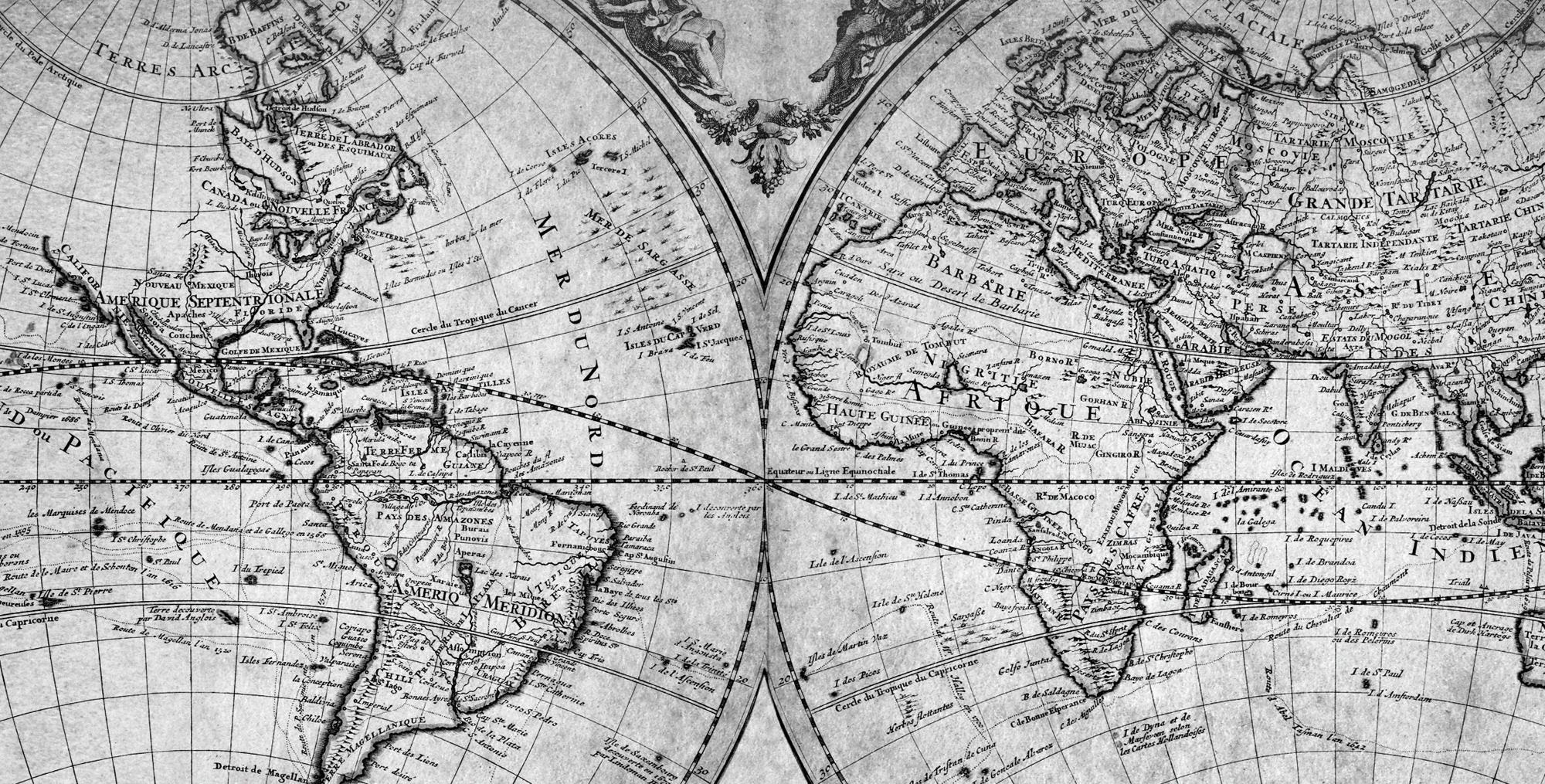
TIME: 22/10/1884 – PLACE: 51.48°N – 0.00°W
